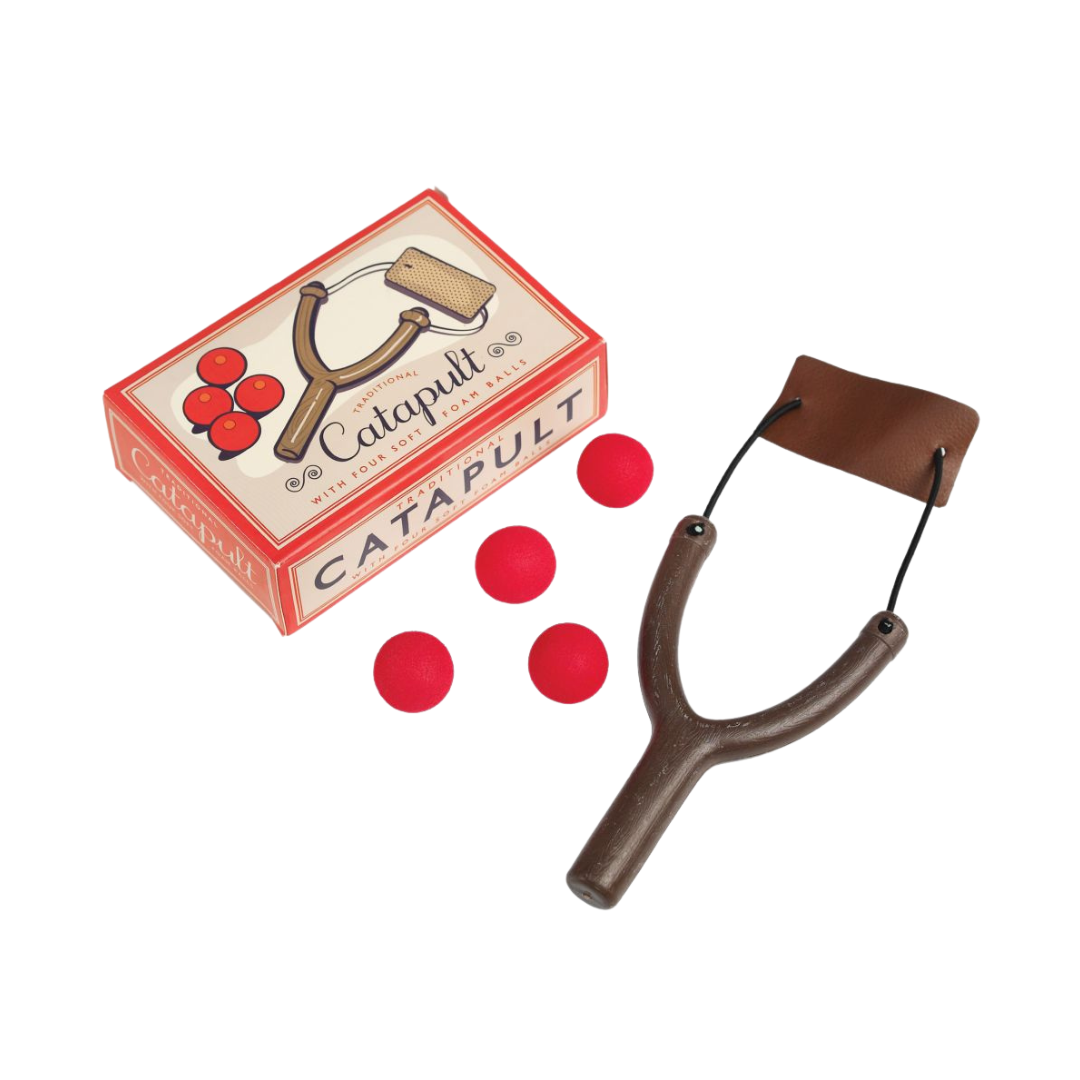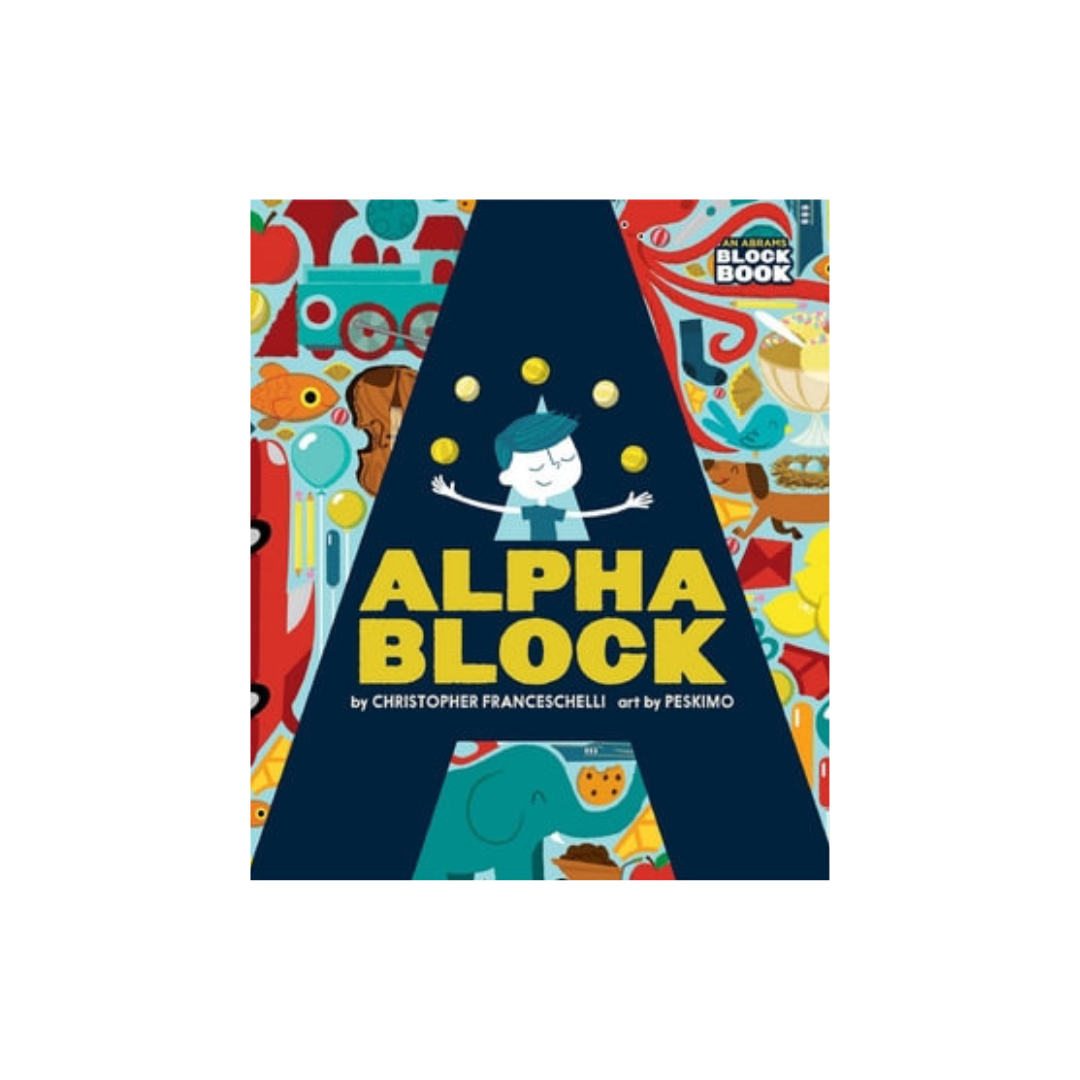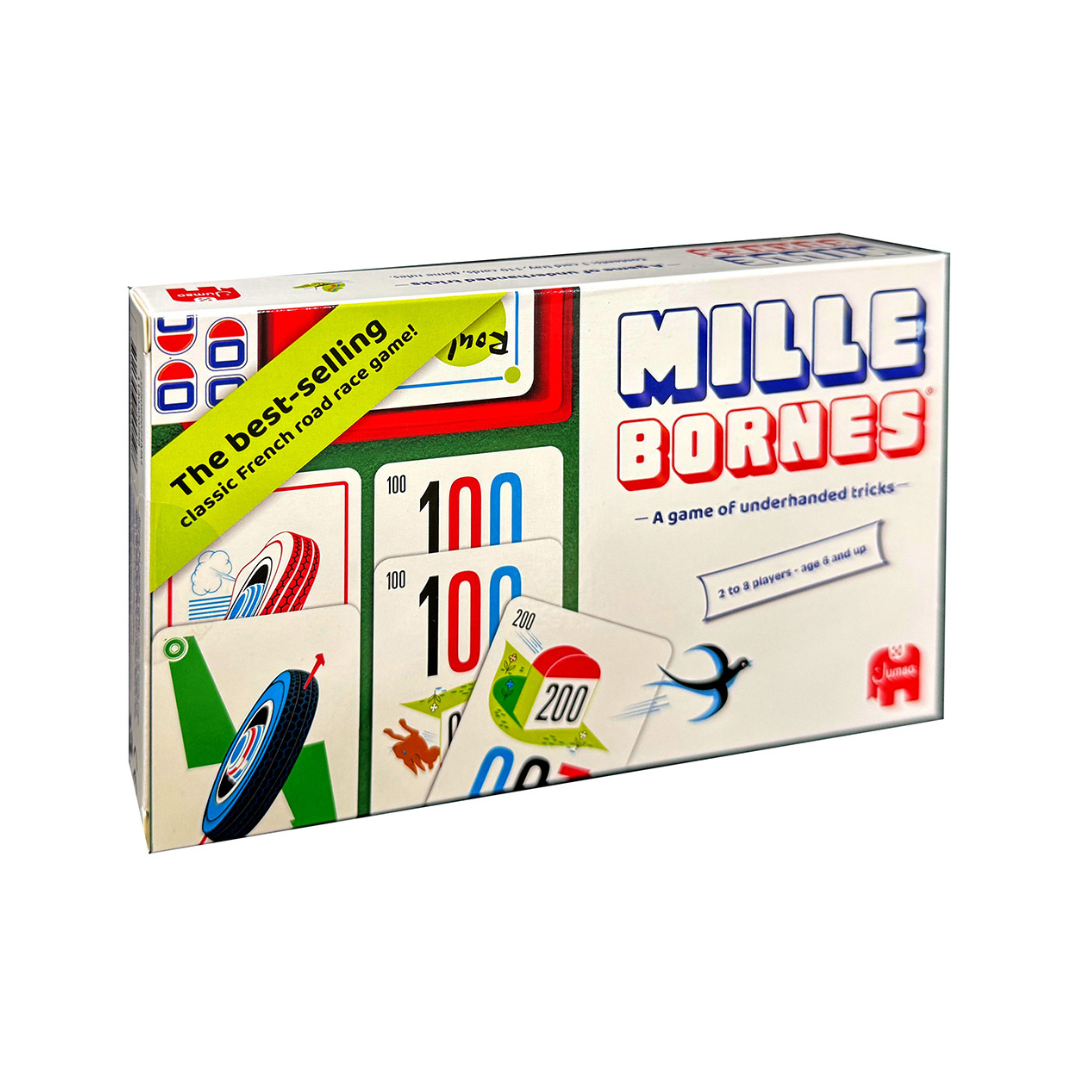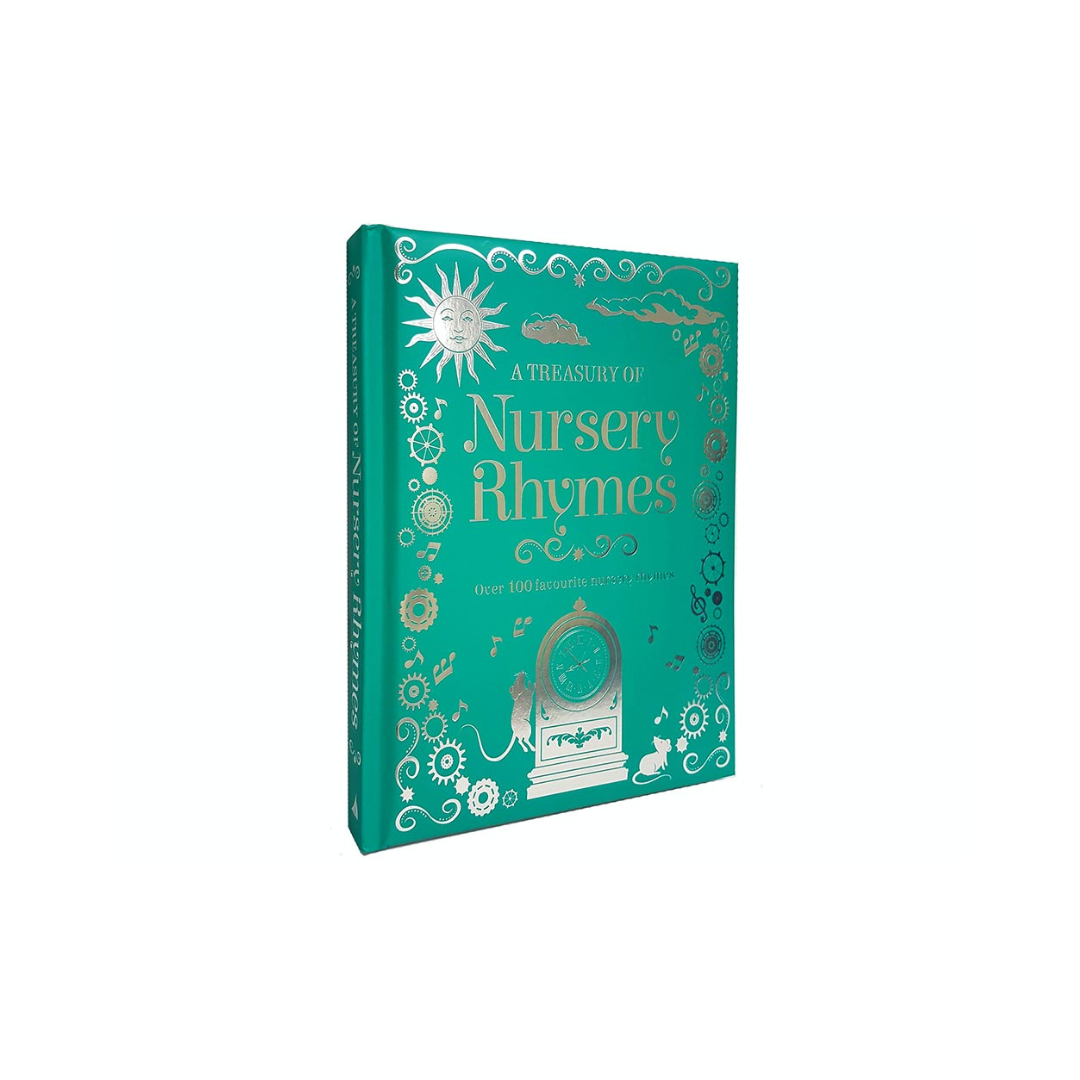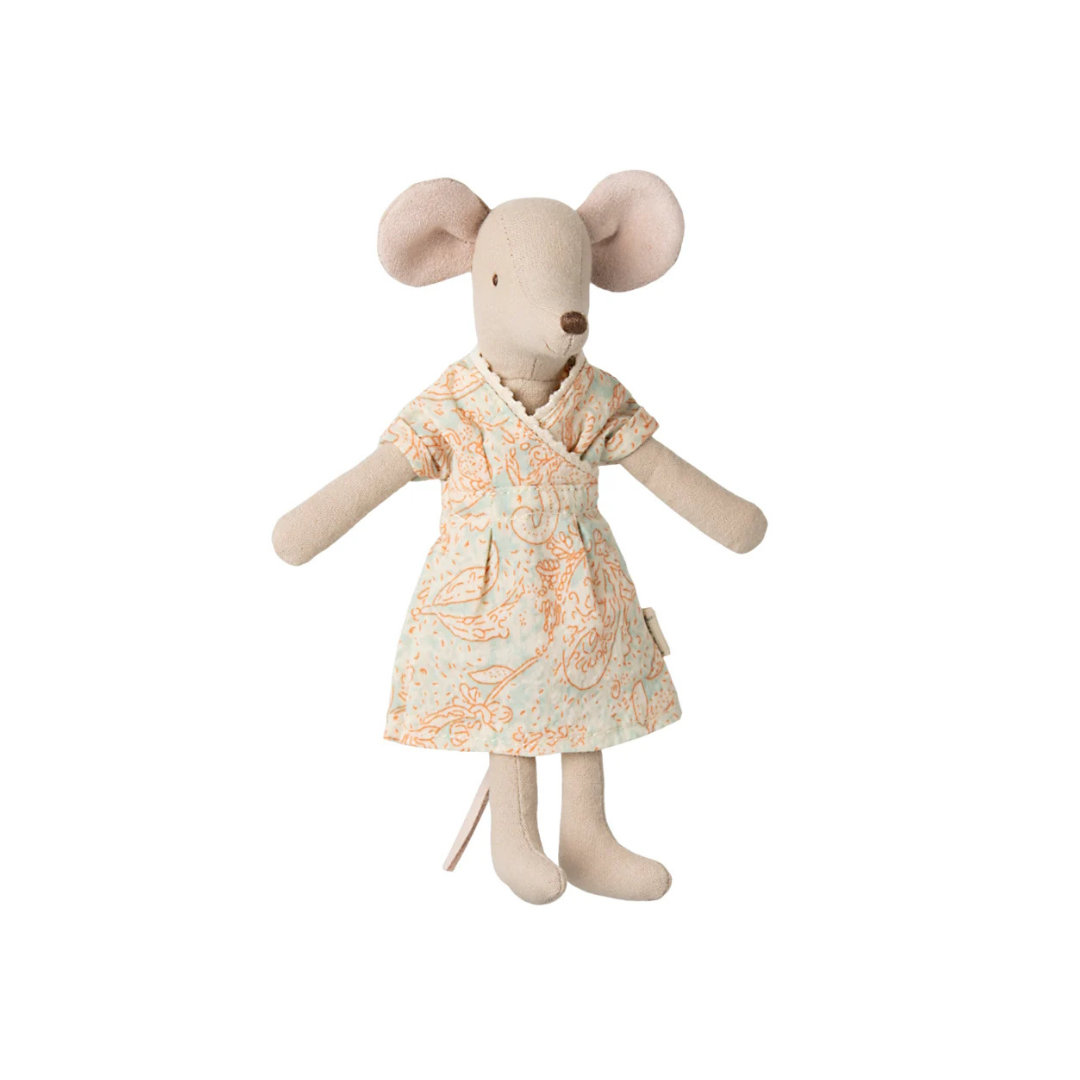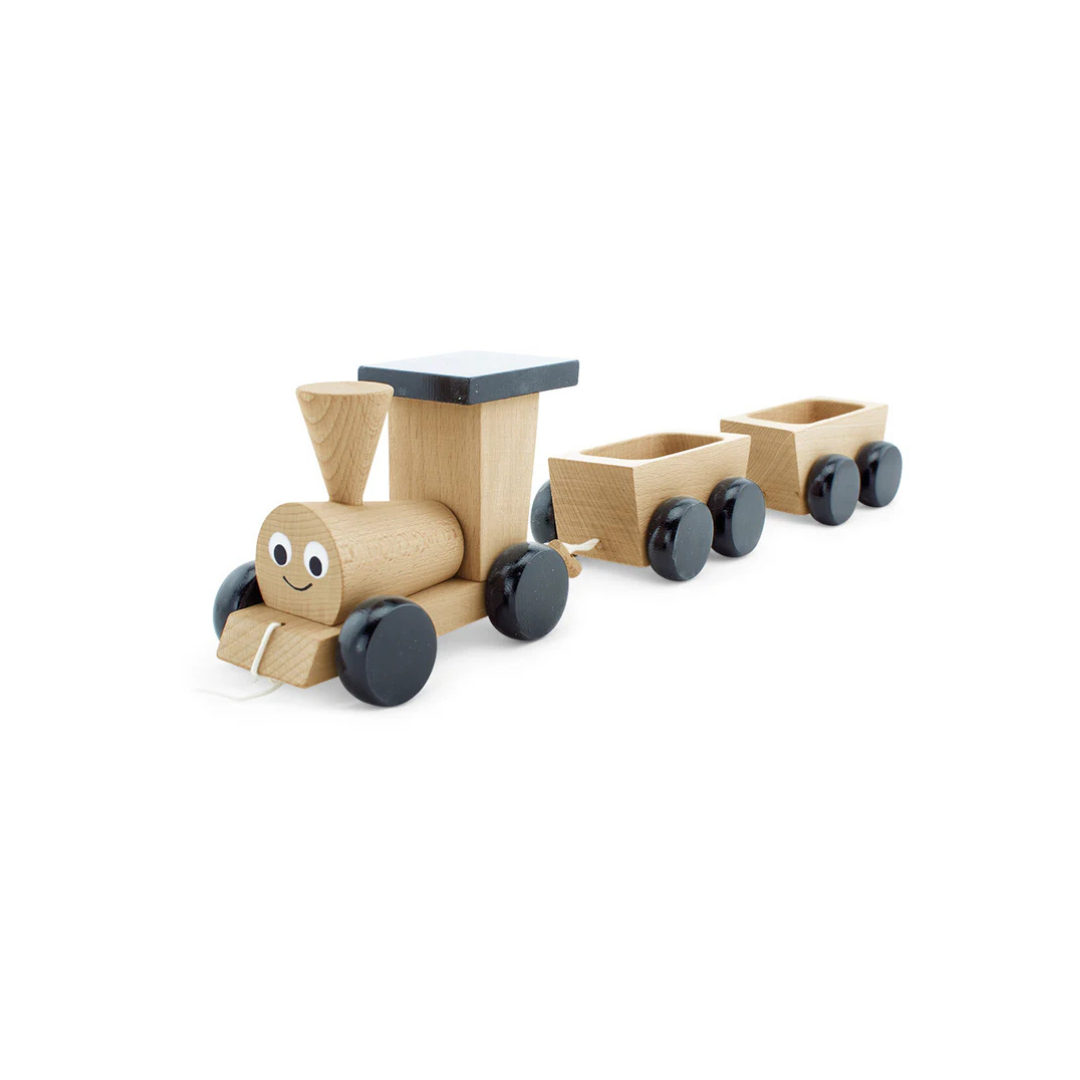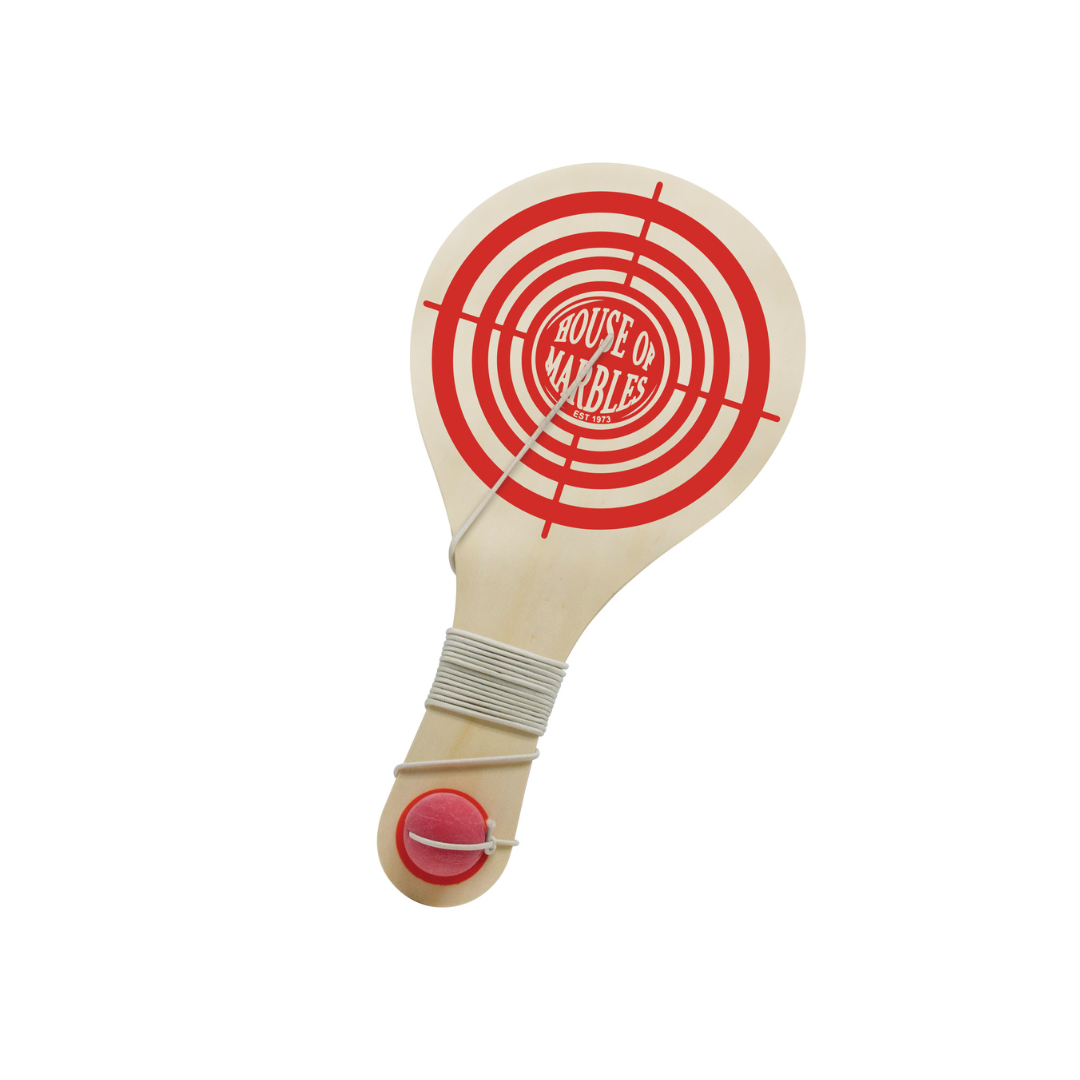iPad, we’re just not that into you
Ipads whilst convenient and fun, can limit the scope of potential wholistic development in children. Simulated experiences don’t address physical dexterity, strength, tactile, sensory or social development.
IPads whilst convenient and fun, can limit the scope of potential holistic development in children. Simulated experiences don’t address physical dexterity, strength, tactile, sensory or social development.
Here’s some tips we’ve learnt from child health professionals to assist with transitioning our children off the iPad and onto another activity;
1. At the beginning of play time with your child let them know 2-3 successive activities you will do together e.g. “today I thought we could do some dancing and build a puzzle together, then we need to peg the washing out on the line. After lunch, you can play your iPad while I get the washing up done.” Mixing up physical activity with sedentary activities helps regulate the child’s physical needs and they are more likely to stay engaged.
2. Limit iPad use to shorter bursts in any day, no longer than 30 mins at a time. Set this limit at the start of the usage and prepare the child for the transition to the next activity by setting a timer for 10 minutes, then at 5 minutes calmly let the child know the remaining time of usage.
3. Inclusive language assists children to feel part of the experience and not just “told” what to do. Demonstrate your willingness to invite and play with your child by starting the activity yourself and voicing your joy and curiosity.
Replace an outpouring of words with sounds and physical gestures. Offer your child the toy/ game piece/ activity part to give them a turn of the joy you are experiencing. Again, this doesn’t necessarily need words. In this way the child learns to read your body language and facial expressions whilst not being bombarded with instructions.
Most importantly, enjoy the play time with your child, as its your attention that they desire and respond to the most.
The Ever-Lasting Appeal of Retro Toys
We are living in a world where electronics and technology are present everywhere around us. Our kids are used to playing electronic games, watching TV and using the Internet, iPads and iPhones. Despite this however, kids and parents alike still love retro toys.
We are living in a world where electronics and technology are present everywhere around us. Our kids are used to playing electronic games, watching TV and using the Internet, iPads and iPhones. Despite this however, kids and parents alike still love retro toys.
Parents love these toys because they invigorate some of their best childhood memories, and take them on a warm, fuzzy trip down memory lane. Children love them because of their simplistic design and delightful appeal. If you are still not sure what makes retro toys attractive, keep reading because we will list a few good reasons why your kids should have at least one retro toy in their toy box.
Retro toys come with an ageless charm that has captivated children for generations. They hold a timeless appeal that guarantees that the toys will be loved not only by your kids but also by your grandchildren too and in some cases, their grandkids after that.
Retro toys are more durable compared to most modern toys. They are usually made from high-quality wood or tin, unlike modern toys that are made of cheap plastic that ends up being thrown away after a few uses. When kids are using these hardy toys, you can be rest assured that they will last for a long time no matter how heavy their use is. In fact, they are designed with durability in mind. Many modern toy makers, such as Artiwood, Djeco and Londji now also make their toys, games and puzzles with this durability in mind, producing beautiful toys, built to last, and designed to be handed down to the next generation.
In the past, toy manufacturers have paid special attention to the packaging, knowing that the outer appearance of toys is incredibly important to buyers and to children. Packaging lures children and buyers in, and catches the eye. Nothing beats a colourful, retro present in a bright, big box. Imagine watching a child’s face light up when they receive a gift with such beautiful packaging. The colorful packaging will bring a huge smile to little faces everywhere.
As mentioned previously, today’s children often spend countless hours playing video games or watching TV. Retro toys support the mastering of certain old-fashioned skills that cannot be learned by watching a screen. For example, there are toys that can help kids to learn to build, learn to sew, learn to cook. Etch-a-sketch toys are good for developing drawing skills. There are gardening toys, toys for creating shelters, toys for using the imagination, putting on a show, and most importantly, toys for developing people skills.
The creative play that retro toys encourage stimulates the imagination, way beyond screen time. By playing with retro toys children can unleash their creativity, something that modern toys don’t allow for in the same way. Creative skills are incredibly important. Buying a few retro toys to add to their toy collection is one of the simplest and most convenient ways to do encourage creativity and imaginative play.







